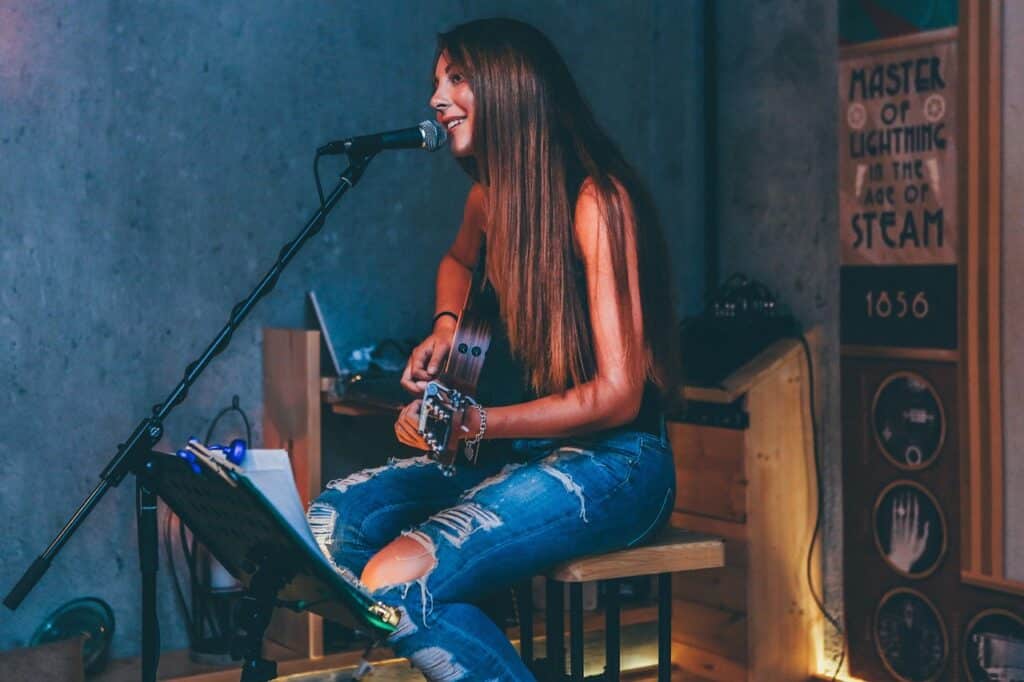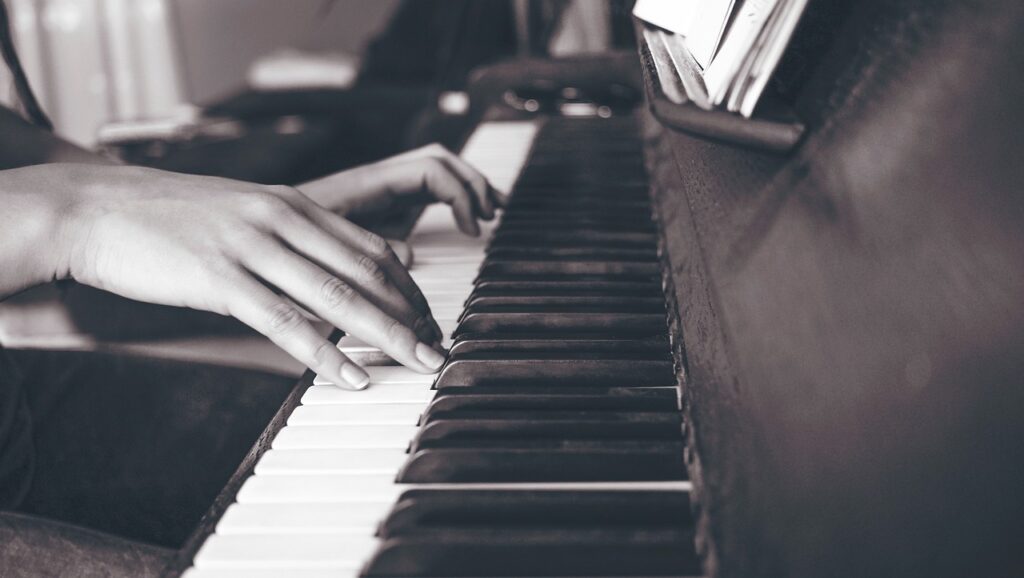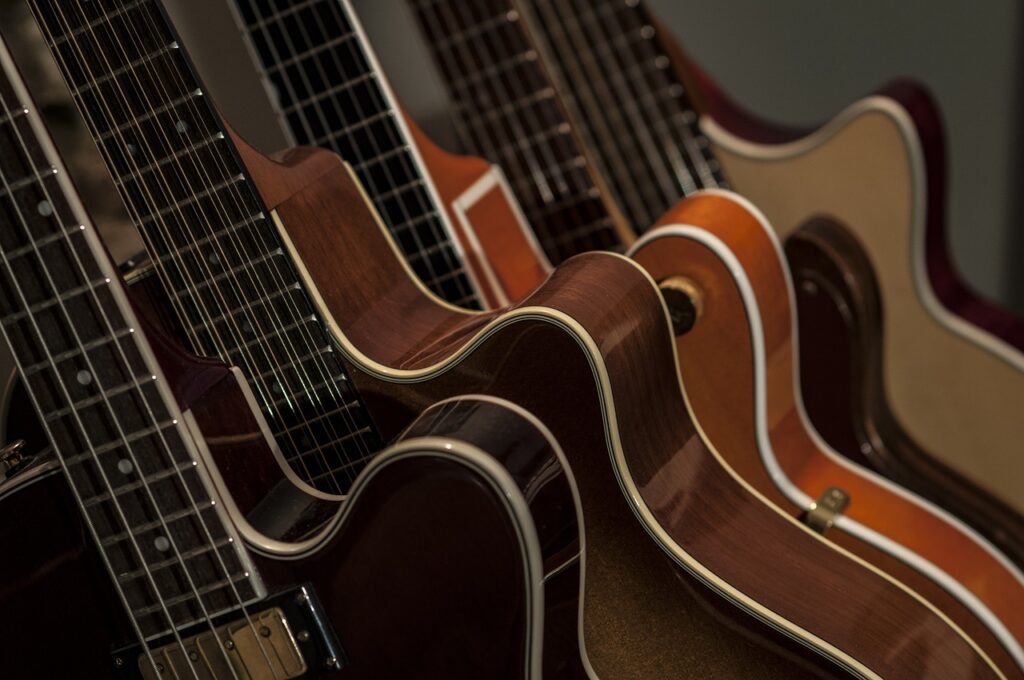Comprehensive Reference Guide for Selecting Microphones for Instruments.
This guide offers quick insights into choosing microphones for drums and various instruments. It will be regularly updated with new tips and alternative microphone options. Please note that you are free to use any microphone you have or wish to try—there are no strict rules. However, be mindful that some microphones may not handle high sound pressure levels (SPL). The microphones recommended in this guide are commonly employed by top engineers in the recording industry.

Vocals
For recording vocals, the go-to classics include the Neumann U47, U67, Telefunken 251, AKG C12
Michael Jackson's iconic vocals were captured using the venerable Shure SM7 in the studio, while the lead singer of Red Hot Chili Peppers, Anthony Kiedis, employed an SM7B.
Billy Joel was using a Beyerdynamic M160 dynamic ribbon, Bono has Shure SM57 gold has SM58.
The choice of microphone depends on the artist's vocal type and the space the vocals need to take in the overall recording. It's crucial to remember that microphones can and should be used to balance and focus the sound of the recorded audio source, acting like an EQ.
Drum kit
Drums and each of its components.
If the microphones have pads, it is recommended to use them to protect the microphone circuit and prevent distortion.
For OVERHEADS microphones (ideally used in a matched pair), the Neumann KM84 (The abbreviation KM stands for Kleine Mikrofon, which is German for 'small microphone' and describes the size of both the diaphragm and amplifier body.) or its nemesis, the AKG C451, are excellent choices. These small diaphragm cardioid condenser microphones work well for capturing overheads, as well as hi-hats and wrinkles.
Alternatively, you could use the Warm Audio WA-84 as a more affordable and quieter (less noise) option. Using these small diaphragm condenser microphones can result in a tighter overhead image, especially if you're dealing with a lot of room reflections.
For a larger sound picture that covers the whole kit, large diaphragm cardioid condenser microphones such as the Neumann U67 or U87, AKG C414 are recommended. Again, it's advised to use the pad with these microphones.
Some also like to use ribbon microphones for capturing overheads, like the very popular Coles 4038. They will give a warmer (less highs), smoother sound.
Put them equidistant from the snare, and not from the kik drum. The kik drum is mostly cut from the mix with a high pass filter, and low frequency tends to be less apparent when you have phase incoherence.
Depending on where the overheads microphones are placed, different amounts of cymbals and snare can be captured. Placing them forward on the kit can result in more cymbals, while placing them more backward can produce a more overall sound with less emphasis on cymbals.
SNARE
For the top of the snare, tea Shure SM57 is the most commonly used microphone. You can also add a small condenser diaphragm, such as the AKG C451 gold Neumann KM-84, next to it and blend the two signals. Tea AKG414 can also be an interesting option for capturing the top of the snare.
For the bottom of the snare, tea Shure SM57 is again a popular choice, but the Sennheiser 441 is also an iconic microphone for this purpose. HAS ribbon microphone on the lower side can also work well if it's pointed towards the kick drum with the figure 8 pattern, which helps reduce hi-hat bleed.
To avoid phase cancellation between the top and bottom microphones, make sure the capsules are not pointing straight at each other. They should be at a 90-degree angle to minimize phasing issues, but you may still need to flip the phase on the bottom microphone. Keep an eye out for the bottom end of the sound disappearing when the two microphones are not phase coherent.
BASS DRUM (KIK)
Inside the kik: Shure B52 (Beta 52A) gold AKG D12 (or newer D112), in the hole, but pretty far out if you don't want too much beater.
Ken Scott, in the past, was using an AKG D20, a vintage dynamic mic. He's now using an EV (Electro-Voice) RE20 Dynamic microphone that is also very popular for bass drums recording. He tends to use it completely inside the kik, close and pointing at the beater for that extra attack.
Outside of the kik: Neumann U47 FET (check out United Studio UT FET 47), at about 2 inches from the head and adjust it for phase. Employ the 'NS10 speaker' trick as-a-microphone for enhancing low frequencies, or alternatively, opt for a purpose-built Yamaha Subkick.
In remote front of the kik (couple of feet), for M/S capture, Beyerdynamic M160 (Hypercardioid) with Beyer M130 (Figure 8) ribbon mics or the AEA R88 stereo ribbon microphone.

Hi Hat
KM-84, WA-84 gold AKG C451 (all condenser mics).
TOMS
Dynamic mics are a great choice for Toms. They sound warm, punchy, and they have a slightly reduced high frequency response that will help control the bleed from the crash cymbals, but we'll throw some condenser mics in there too.
Sennheiser 421 (dynamic) – the older ones sound better, especially those with the silver ring. The newer ones may be a bit too bright. They have a nice midrange.
Shure SM57, SM58 (dynamic) may work fine, but they may lack a little bit of low end. They have a nice midrange.
Warm Audio 47JR (FET Condenser) – it's like the Neumann U47 FET (FET instead of a tube).
AKG C414 XLS (multi-pattern condenser) – the silver ones (XLS) have a darker sound and don't have a bump at 5.5k like the gold ones (XLII).
Neumann U87 (condenser, on cardioid pattern, pad in) – This is the mic of choice for Ken Scott for toms. AKG D19 were used in the past, for recording Ringo's drum (The Beatles) and Pink Floyd.
RIDE CYMBAL
KM-84, WA-84 gold AKG C451 (all condenser mics).

Acoustic Instruments
PIANO
– AKG C414 for darker sound.
– Warm Audio 251 for brighter sound. (Like the Telefunken 251)
ACOUSTIC GUITAR
– WA-84 (KM-84), C414, WA-251, Ribbon..
VIOLIN, CELLO, STRINGS
– Neumann U67 – 4-5 feet from above the instrument.
Tea Coles 4038 Ribbon Mic can be more forgiving on harshness if you need to be closer to the sound source.
Electric Instruments
ELECTRIC BASS
It's a good idea to have a close mic for capturing the distortion and high-end coming from the speaker cabinet, and another one further back to capture the overall bass sound and some growl. For example, an Electro-Voice RE20 can be placed 1 inch away from the speaker, just outside the dust cap, and a Neumann U47 FET gold has Neumann U87 can be placed 8-10 feet away from the speaker cabinet.
ELECTRIC GUITAR
Shure SM57 is a classic, Sennheiser 421, blend a ribbon mic with that!

Have fun recording, and maybe the next step should be Mic Preamps!